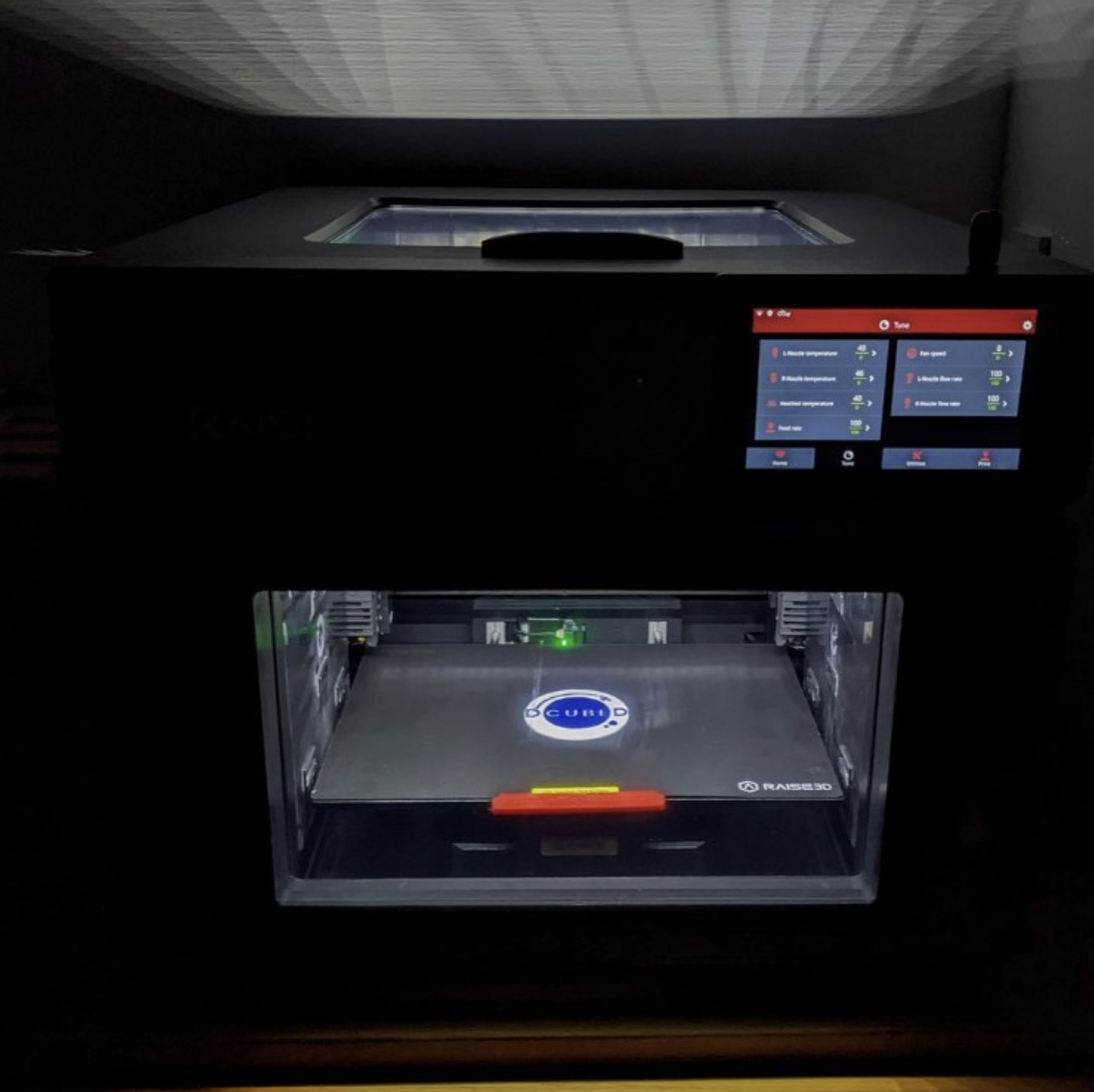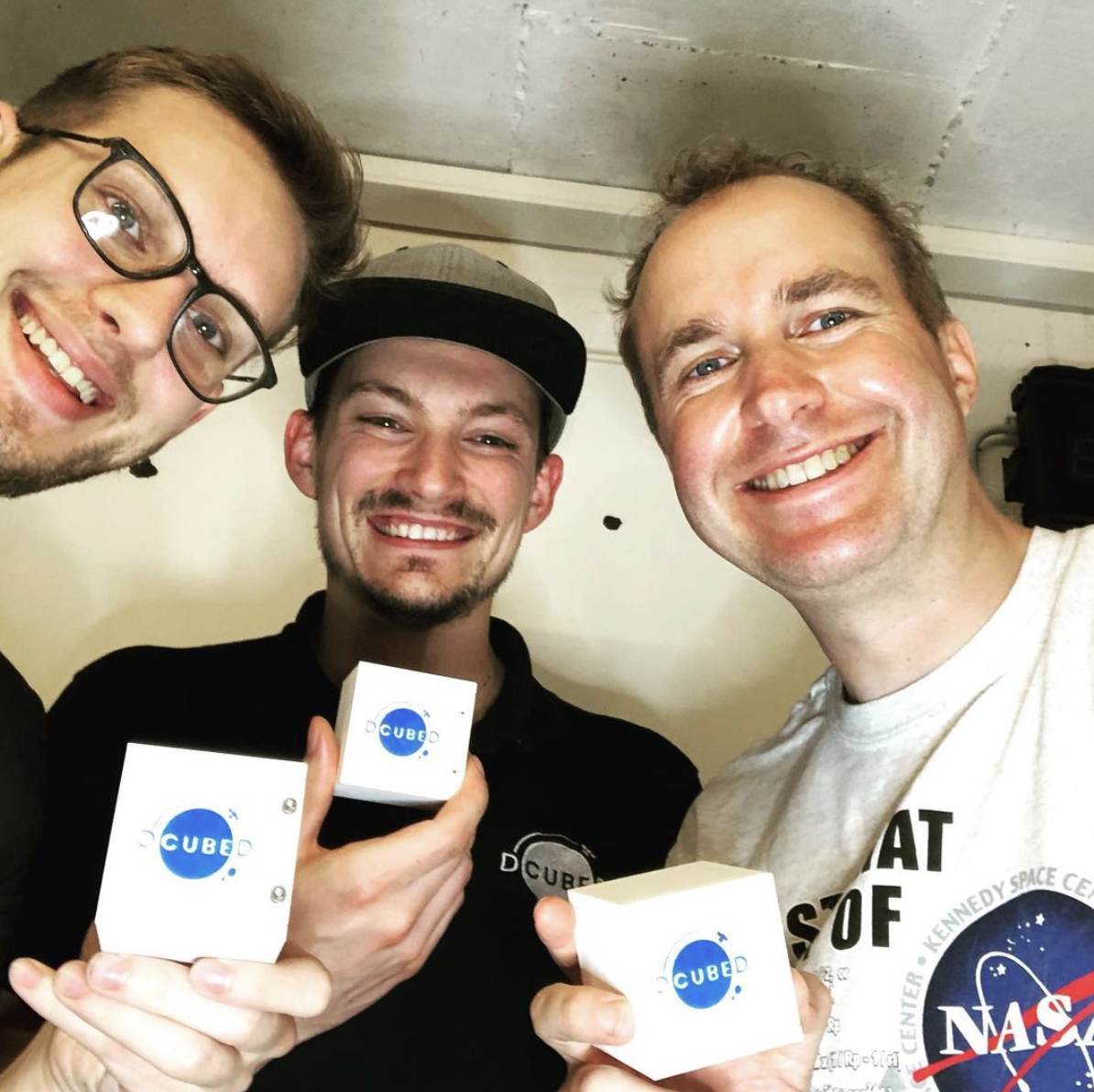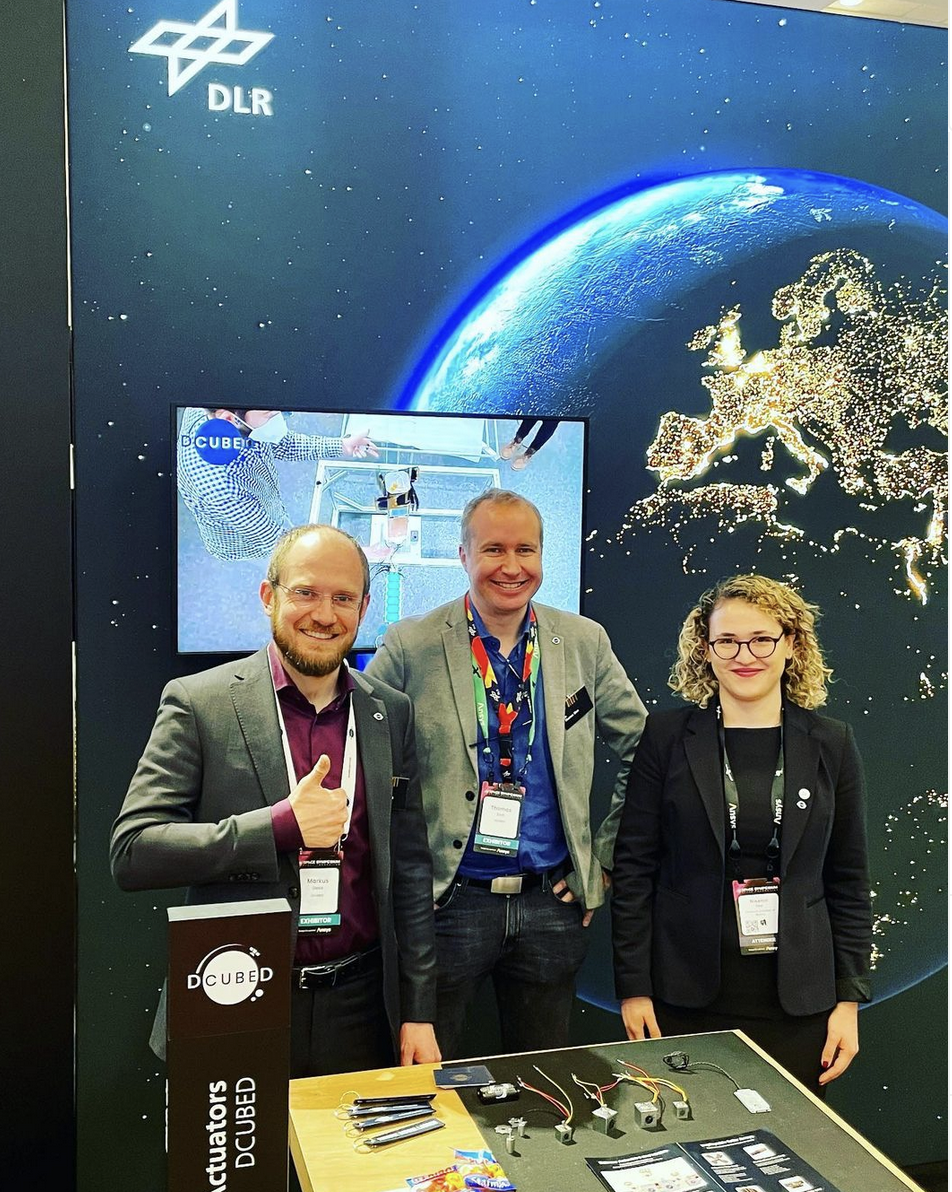Joining a select group of companies pushing the envelope in space exploration, Munich-based DCUBED is on track to 3D print a truss structure directly in open space. Expected in the first quarter of 2024, the mission would signal a paradigm shift in how space structures are made and repaired. This new venture adds to DCUBED’s growing accomplishments, which include supplying actuators and deployable structures for space applications to 15 countries across four continents.
Building on this momentum, the company has announced an exciting in-space manufacturing demonstration for February 2024. Partnering with the Italian company D-Orbit, DCUBED will send an experiment into space aboard a SpaceX rocket. According to the startup, a miniature 3D printer will use synthetic resin mixed with fibers to create a structure in the shape of a rod about 30 centimeters long. This process should take approximately four hours and consume little energy. The experiment aims to demonstrate the efficacy of in-space manufacturing and underscore the transformative potential such capabilities could bring to production in orbit.
Space innovations
DCUBED, short for Deployables Cubed, was born out of a moment of professional frustration that later became an opportunity for innovation. In 2018, the company’s founder, Thomas Sinn, worked for the German firm High Performance Space Structure Systems. At the time, HPS contributed to Rocket Lab’s third Electron launch, “It’s Business Time.” This mission was aimed at placing a variety of payloads into orbit, including a special piece of technology known as a drag sail, which is a piece of equipment that unfolds in space to catch wind resistance, making it easier for things to come back down to Earth and help clean up space junk. Designed by HPS, this drag sail, named Nabeo-1, was designed to fit into a CubeSat about 80% the size of a standard unit and was ready for launch in just ten weeks.
During this mission, Sinn was motivated by frustration as he couldn’t find a suitable release device for the deployable structure. Using an Anycubic i3 Mega 3D printer and ingenuity, Sinn and his team developed their release device, which performed flawlessly during the mission. This success led Sinn to establish DCUBED later that year to make space engineering easier and more accessible.

DCUBED shared its “tuned out” Anycubic 3D printer on Instagram. Image courtesy of @dcubedspace.
The company gained early market traction after starting at the European Space Agency (ESA) Business Incubation Center (BIC) and winning the INNOspace Masters. By September 2019, it won an EXIST Business Startup Grant from the Federal Ministry of Economic Affairs and Climate Action, enabling Sinn and his team to focus full-time on DCUBED. By December of that year, the company had already shipped its first actuators to the MIT Haystack Observatory and the University of Auckland in New Zealand.
Adapting to challenges like the Covid-19 pandemic, which forced the team to temporarily work from Sinn’s basement, DCUBED found new office space in Germering, near Munich, in the summer of 2020. The startup secured seed funding that same year, which supported the development and scaling of its product lines by adding new 3D printers like a Raise3D printer. DCUBED won its first ESA development contract in 2021 and expanded its portfolio to include SmallSat solar arrays in 2022.

DCUBED shared its “tuned out” Raise 3D printer on Instagram. Image courtesy of @dcubedspace.
Earlier this year, DCUBED landed its first constellation customer, focusing on scaling up production and expanding internationally. January 2022 also saw the launch of its first products into space onboard SpaceX SmallSat Rideshare program Transporter 3.
Future fabrics
As part of its ongoing plans, DCUBED aims to become the leading provider of easy-to-use space hardware. By offering commercial, off-the-shelf solutions designed to be smaller, faster, and more affordable, it plans to make it easier for anyone to pursue their dreams of a space mission. DCUBED is also establishing an office in Broomfield, Colorado, to be more accessible to the local space market.

DCUBED founder Thomas Sinn (right) next to co-workers. Image courtesy of @dcubedspace.
In line with its goal to simplify space missions, DCUBED has been working on products that unfold once in space. Right now, satellites and their components are folded to fit into rockets. Instead, DCUBED’s technology aims to 3D print components for satellites, space stations, and perhaps even lunar and Martian settlements directly in open space.
This technology promises innovation and is central to an imminent demonstration, a critical milestone in DCUBED’s journey to create in-space manufacturing capabilities for larger space structures, particularly for SmallSat applications. The company plans to demonstrate these capabilities further in the coming years, including an in-orbit experiment of truss-structure manufacturing in 2025 and a mission demonstration in 2026 for multiple kilowatt (KW) SmallSat solar arrays.
“Payload limitations and costs are real barriers hindering the use of space for the benefit of mankind,” explained Sinn. “There is an urgent need for large structures in orbit to support an ecosystem providing services as diverse as internet from space, IoT, and Earth observation. The establishment of our new key business division shows that we at DCUBED always want to push the boundaries of what is possible, enabling our partners and customers to think big in space. Our demonstration of manufacturing in free space promises to revolutionize in-space fabrication and repair of space structures and trigger a paradigm shift in how we approach the production of space hardware, opening many doors which we can’t even imagine right now. This is a truly disruptive enabling technology.”

DCUBED’s booth at the Space Foundation Space Symposium in Colorado Springs, Thomas Sinn (middle). Image courtesy of @dcubedspace.
As it pushes these technological boundaries, it’s also looking to expand its team. According to a LinkedIn post, DCUBED is currently hiring for key roles, including several sales positions, a chief financial officer (CFO), and a production manager.
Building on its innovative work and growth, DCUBED has ambitious plans for the future. With 15 products already in orbit and plans for in-orbit experiments of truss-structure manufacturing in 2025 and multiple kilowatt SmallSat solar arrays in 2026, it could set new standards for 3D printing applications in the broadening private space industry.
Subscribe to Our Email Newsletter
Stay up-to-date on all the latest news from the 3D printing industry and receive information and offers from third party vendors.
Print Services
Upload your 3D Models and get them printed quickly and efficiently.
You May Also Like
Formlabs Teams Up with DMG MORI in Japan
In late June, Nick Graham, Chief Revenue Officer at Formlabs, announced on LinkedIn that the company had partnered with DMG MORI, one of the world’s leading machine tool companies, to...
Nikon SLM Solutions & ArianeGroup to Collaborate on Large-Scale Metal 3D Printed Components
Just after announcing a collaboration with RocketLab, Nikon SLM Solutions is now announcing another with French space leaders ArianeGroup. The goal of their partnership will be to make metal additive...
Rocket Lab and Nikon SLM Solutions Sign MoU for New Large Metal 3D Printing Systems
Nikon SLM Solutions has signed a Memorandum of Understanding (MoU) with Rocket Lab. The aerospace manufacturing firm wishes to reserve two new “ultra-large format metal additive manufacturing platforms.” This is...
3D Printing News Briefs, June 14, 2025: Awards, CNC Integration, Sneakers, & More
We’re kicking off today’s 3D Printing News Briefs with some exciting news, as the winners of this year’s TCT Awards have been announced! Then it’s on to business, with Shapeways...

































